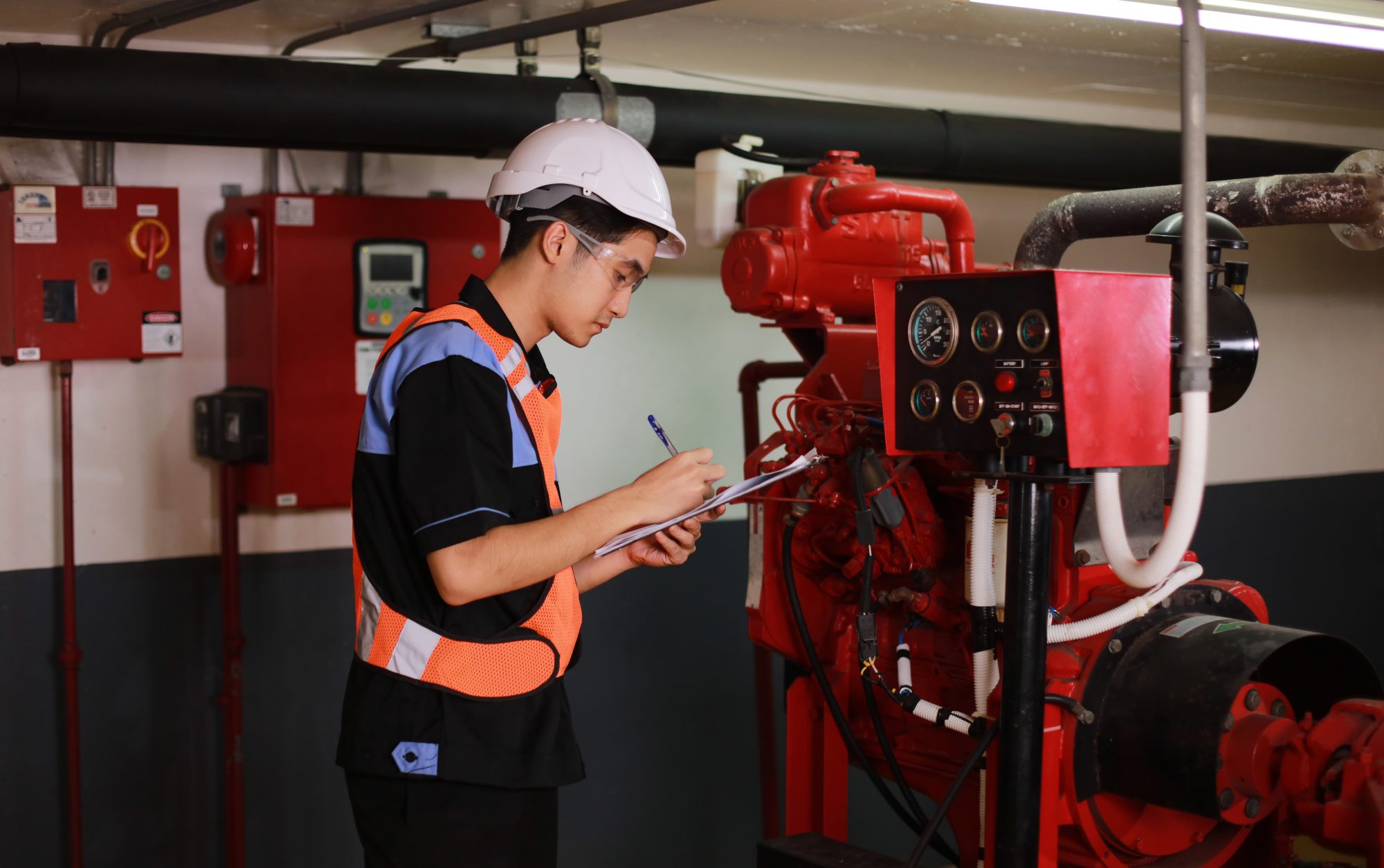In today's rapid world, the importance of fire safety measures cannot be overstated. With rising fire risks due to various factors such as climate change, outdated infrastructure, and evolving building materials, both home and commercial properties must emphasize fire safety protocols. This transformation in fire safety services is not only about compliance with regulations but also about creating a culture of preparedness that can save lives and property.
As neighborhoods strive to enhance fire safety, grasping the essentials becomes crucial. From conducting fire drills and identifying common fire hazards to creating detailed fire escape plans, awareness is essential. The landscape of fire safety is constantly evolving, with innovations in technology and an emphasis on proactive measures transforming the way we think about protection against fire hazards. In this piece, we will explore the various facets of fire safety, providing you with essential tips to safeguard your home or business while showcasing the latest developments transforming the field.

Crucial Fire Prevention Tips
To make sure your home and business are safe from flame dangers, it is vital to implement some fundamental safety practices. Begin by spotting frequent fire hazards, such as too many electrical connections, ignitable materials, and spaces with poor ventilation. Frequently examine your environment to eliminate these threats. Moreover, consider protecting your home using fire-resistant materials and adopting non-flammable landscaping practices around your land.
Having working smoke detectors is essential for fire safety. It is suggested to check smoke detectors every month and swap batteries a minimum of one time annually. Place alarms on each level of your house and in every bedroom. In addition to smoke detectors, think about the importance of fire suppression equipment; choose models suited for various fire classes, and ensure every individual in your residence or establishment is aware how to handle them. Routine training and upkeep will keep devices available when needed.
Establishing an efficient fire exit strategy is key for ensuring security during an emergency. Establish various exit routes from your house or establishment, confirming that all individuals knows how to get to them. Carry out regular fire practices to practice these exit paths so everyone can react swiftly and calmly in a true emergency. Readiness in fire safety is key for protecting lives and minimizing potential damage.
Crisis Readiness and Strategy
Effective emergency preparedness and planning are vital components of fire safety services. Having a comprehensive fire escape plan is necessary for both households and workplaces. This includes identifying all possible exits, ensuring they are unobstructed and accessible, and conducting scheduled fire drills to prepare everyone with the procedures. Practicing these drills not only reinforces the escape plan but also boosts confidence and lessens panic during an real emergency.
In addition to creating escape plans, identifying common fire hazards in homes and workplaces is essential. Many fires stem from avoidable risks such as excessive electrical outlets, inappropriate storage of flammable materials, or malfunctioning heating equipment. Conducting regular risk assessments can help uncover potential hazards and implement necessary safety measures, diminishing the likelihood of a fire igniting in the first place.
Lastly, investing in fire safety training for employees is more than just a compliance measure; it empowers them with the expertise to act swiftly and effectively in an emergency. Training should cover the use of fire extinguishers, the importance of smoke alarms, and the details of fire safety regulations relevant to their settings. By prioritizing preparedness and planning, organizations can more protect their staff, clients, and property from the catastrophic consequences of fires.
Fire Safety Laws and Adherence
Comprehending fire safety regulations is critical for both businesses and homeowners. These laws change by location and often include mandates set by fire departments, as well as federal guidelines like those from the National Fire Protection Association (NFPA) and Occupational Safety and Health Administration (OSHA). Compliance not only aids in fire prevention but also protects lives and property. It is essential for entrepreneurs to understand local building codes and fire safety laws to steer clear of sanctions and create a secure atmosphere.
Routine inspection and maintenance of fire safety equipment are vital for adherence. This includes ensuring that fire extinguishers are working, smoke alarms are regularly checked, and fire safety systems are maintained according to official specifications. By establishing a scheduled maintenance schedule and updating extensive logs, businesses can prove they are in line with regulations to regulatory agencies during audits. This preventive measure minimizes the risk of breakdown during an emergency situation.
Failing to adhere to fire safety regulations can lead to severe consequences, including emergencies, legal issues, and increased insurance premiums. Fire Safety Engineer that overlook these regulations not only threaten their employees and customers but also face potential liability should an accident occur. By valuing fire safety compliance, organizations can cultivate a culture of safety, reduce risks, and ultimately save costs on insurance and penalties associated with violations.
